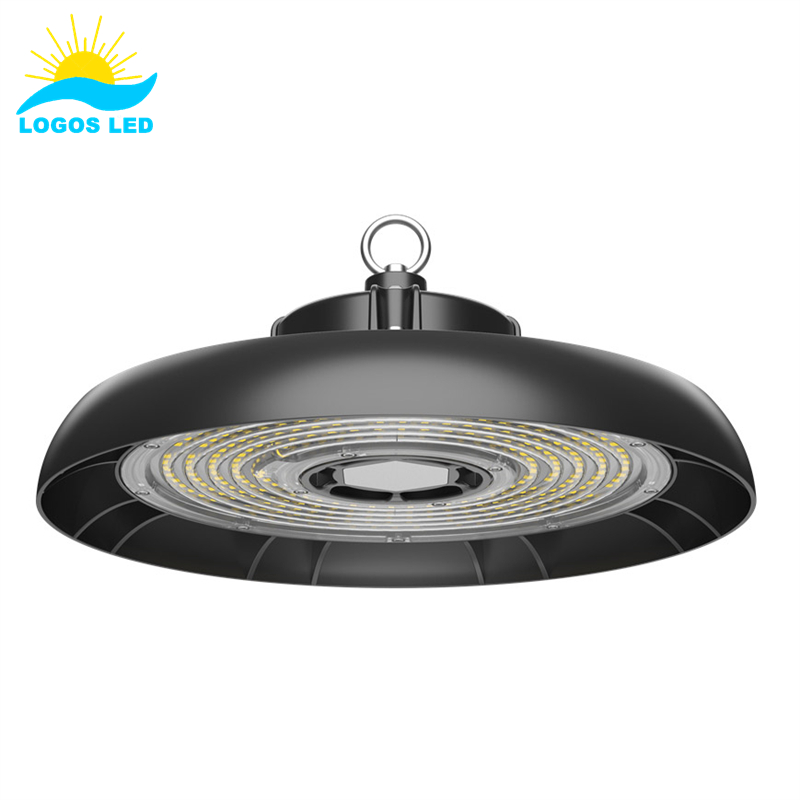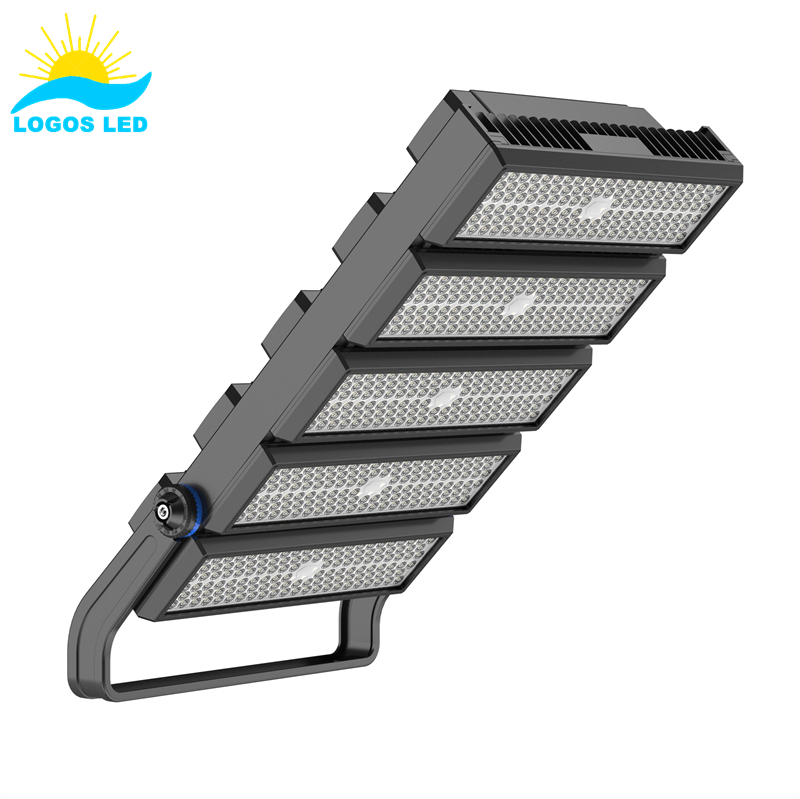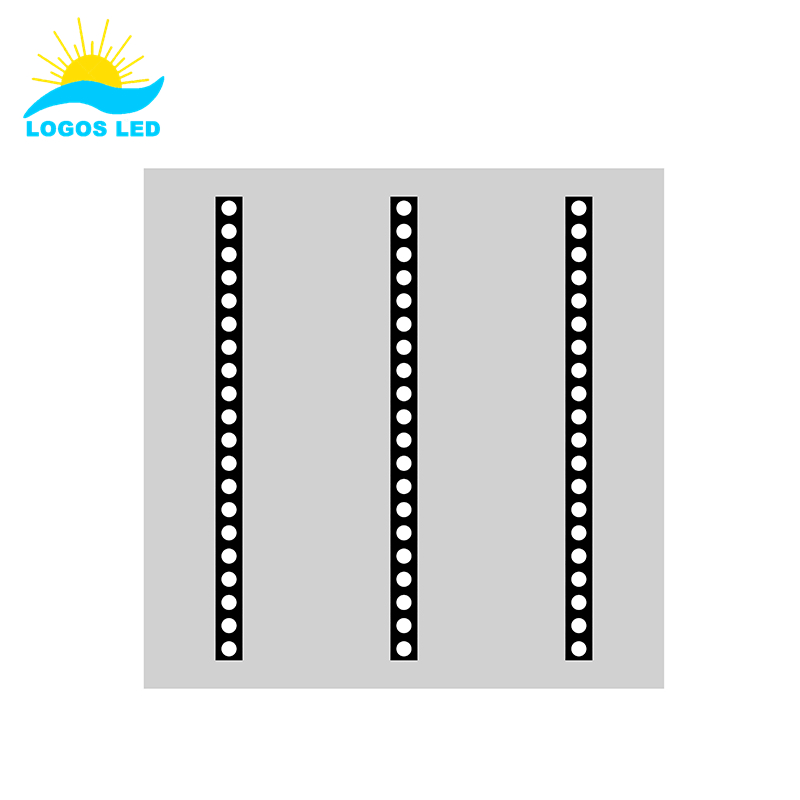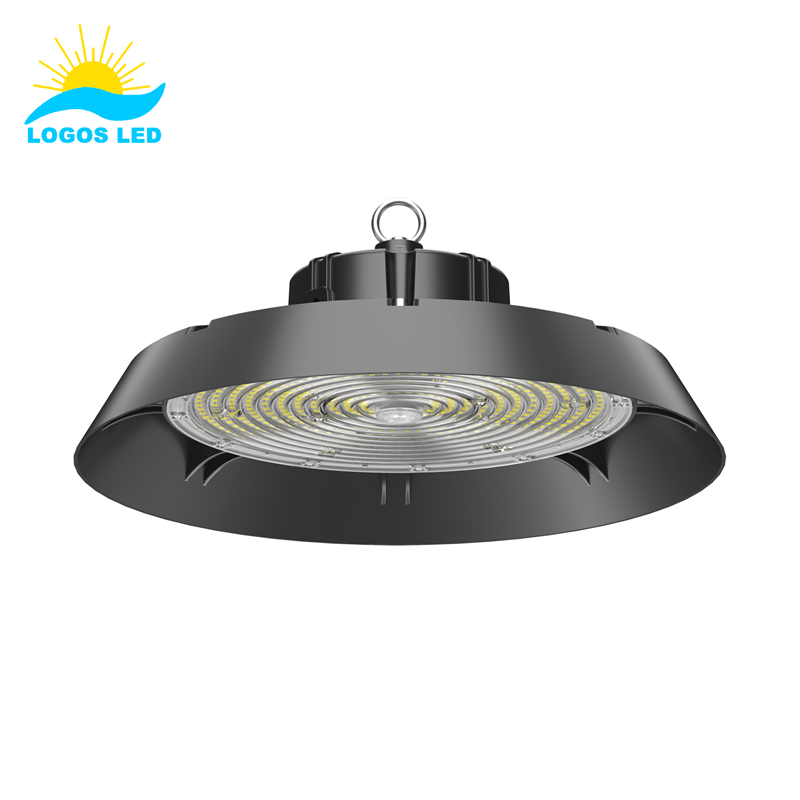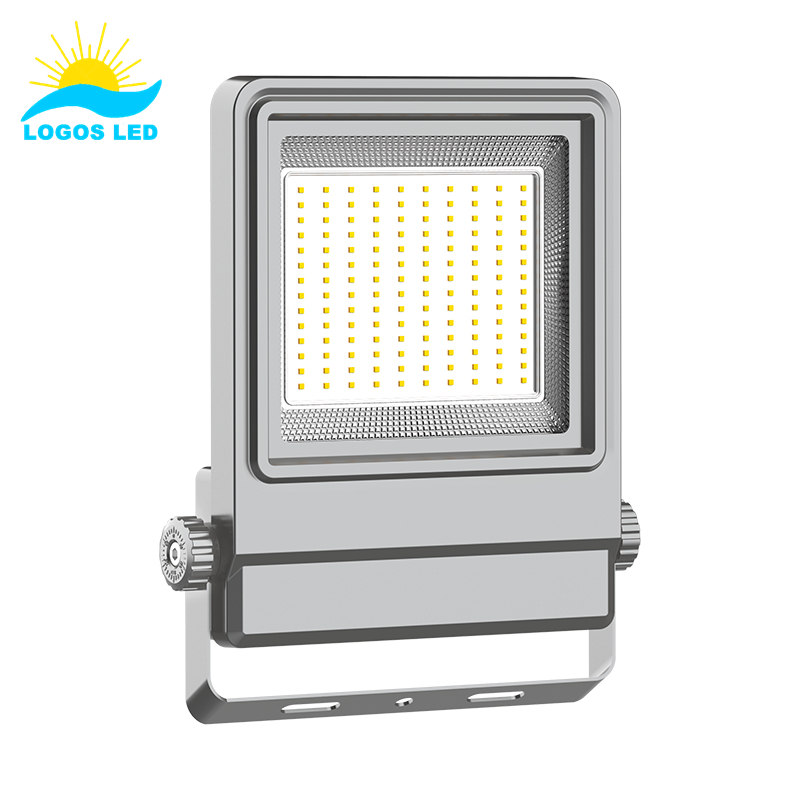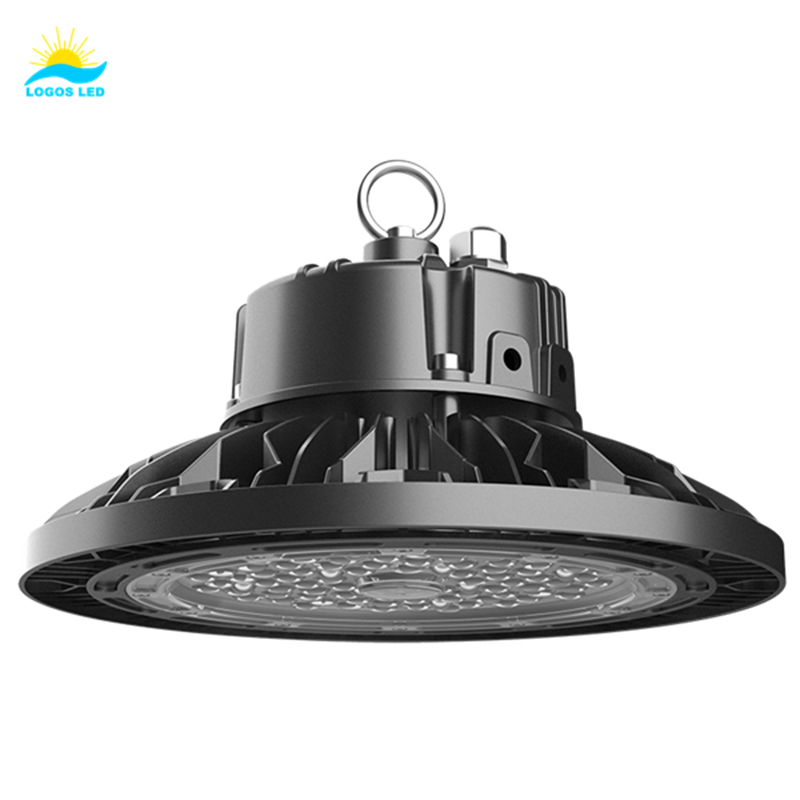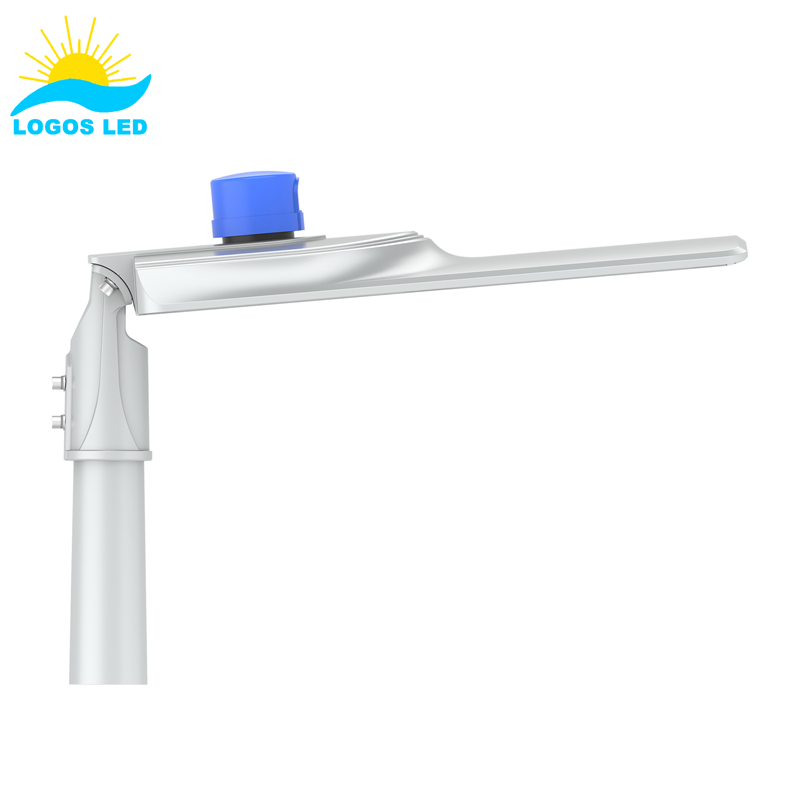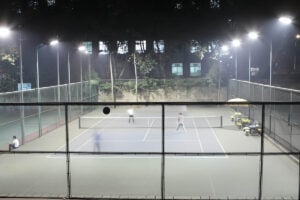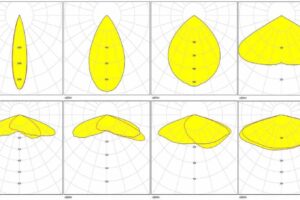Humans experience their environment not only through light and shadow but also through colors. The light color temperature of a lamp also determines the impression of the room and is an important criterion when planning biologically effective lighting.
The light of each light source has its own color, the so-called light color temperature. It is described by the color temperature, measured in Kelvin (K). The higher the temperature value, the cooler the light color.
The light colors of light sources are divided into three groups:
Warm white (WW, 2,700 – 3,500K) light is perceived as cozy and cozy.
Natural white (NW, 3,500 – 4,500K) light creates a more matter-of-fact mood.
Daylight(cool) white(CW, 4,500 – 6500K) light is cool and sober and is important for biologically effective lighting.
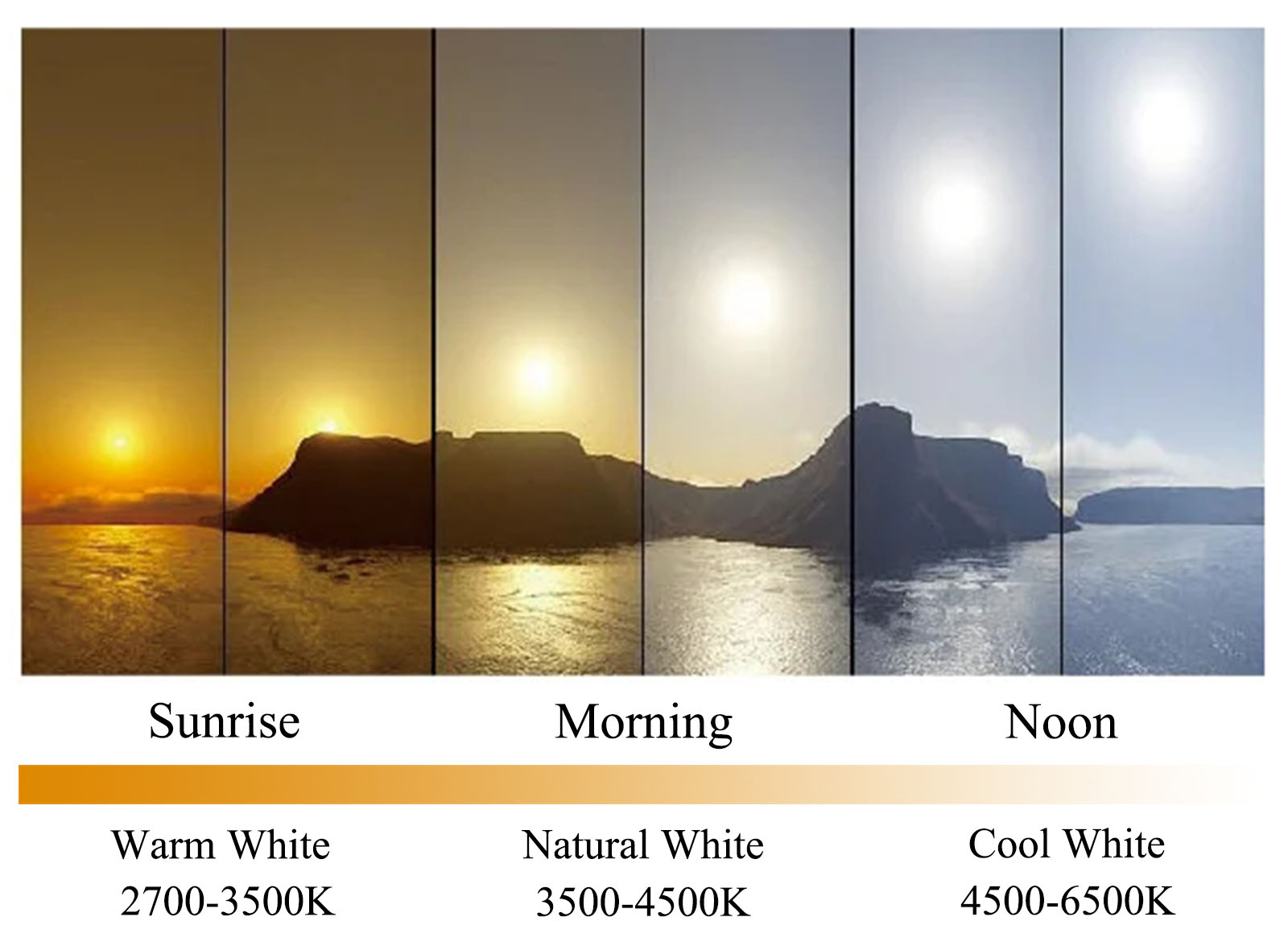
Light Color Temperature
Table of Contents
Determine color temperature: The Plank lamp
To determine the color temperature, the color impression of a lamp in the human eye is compared with that of an ideally glowing material (= black lamp or Plank lamp), the light color of which is determined by its temperature. If such a Plank heater is heated, it runs through a color range from red, orange, yellow and white to light blue.
CIE color chart and black body curve
The international lighting commission CIE has developed a two-dimensional standard color chart to provide a clear representation of the perceptible color space. This coordinate system contains all spectral colors on a horseshoe-shaped curve; the black body curve all color temperatures of white light(please refer to LED Lighting Color & MacAdam Ellipse and Why Are They Important?).
The color of a light source is now marked in the color chart depending on its color temperature on or close to the CIE spectral color band. This temperature is characterized by the most similar color temperature. This is the temperature that heated platinum takes on to appear in the same color as the light source. Low color temperatures of up to around 3,500 Kelvin describe warm, more yellow-reddish light colors and high color temperatures describe cool, white-blue light colors – similar to daylight, which also reaches around 6,500 Kelvin when the sky is overcast.
The light from lamps with the same light color can have a completely different spectral composition and therefore also a different color rendering. For this reason, it is not possible to infer the quality of its color rendering from the light color of a lamp.
LED binning ensures uniform light colors
The production of LED chips requires special attention in terms of light color. Since there are tolerances in industrial batches within a batch, for example in the light color, LEDs are measured after production and sorted into so-called bins (= pots) depending on the tolerance class. A standard binning structure of the ANSI (American National Standards Institute) has existed since 2008. A color bin corresponds to a certain area in the CIE color triangle. Only the use of carefully selected binning groups guarantees uniform brightness and light colors – and is therefore an important quality feature.
Light color is also non-visual
The color of light also affects the circadian rhythm of humans. It is therefore an important criterion when planning biologically effective lighting modeled on natural daylight. That is why Human Centric Lighting is very important when choosing the best lighting fixtures for your project.
Biologically effective in terms of daytime activation is above all daylight white light with higher blue components of at least 5,500 Kelvin (K). With LED modules, the color temperature can be selected through the interaction of different LEDs between warm and daylight white light colors. This technology is called tunable white(you can check our CCT tunable white LED lightings); their quality strongly depends on the control electronics.
If you have any questions about lighting colors of LED lighting fixtures, welcome to contact us directly.
Request A Free Quote Now!
Send us a message if you have any questions or request a quote. We will get back to you ASAP!



